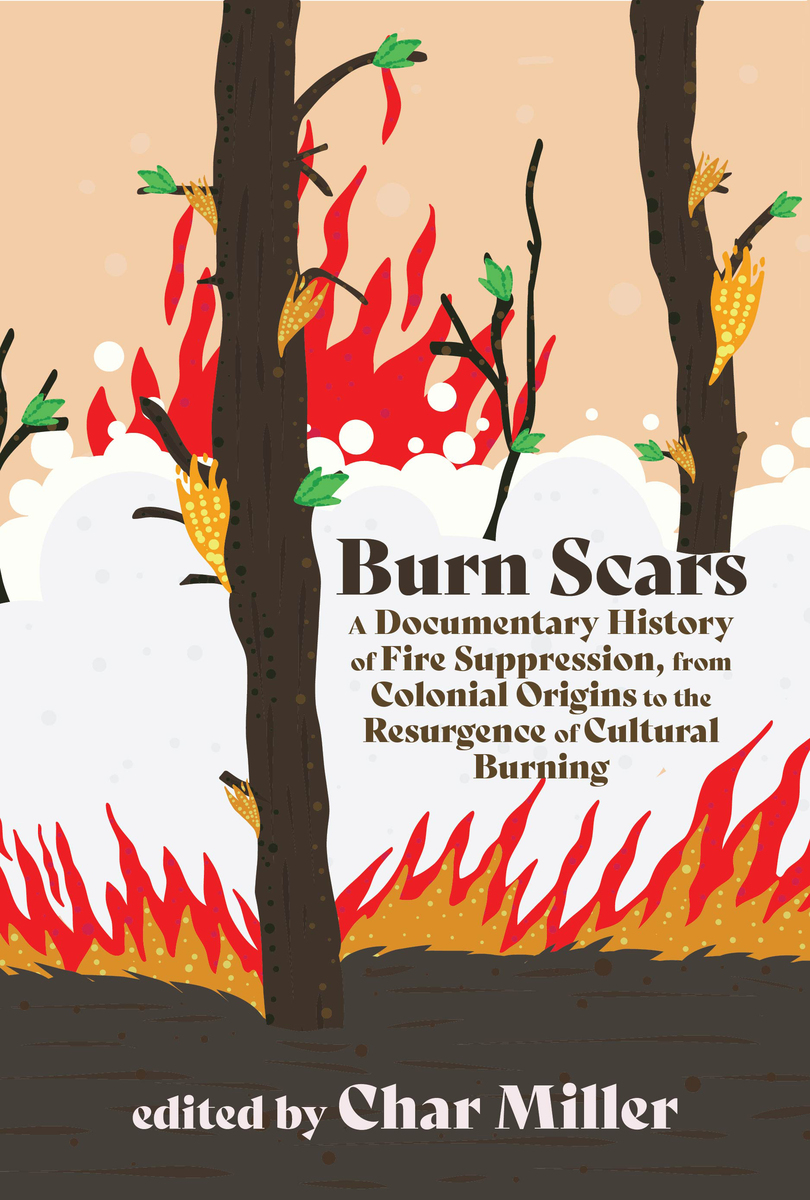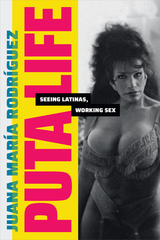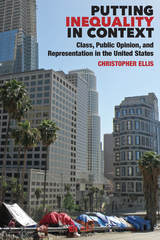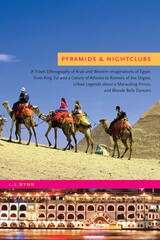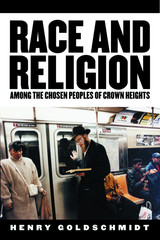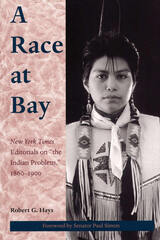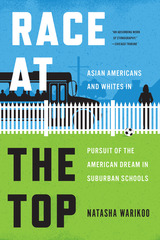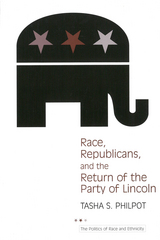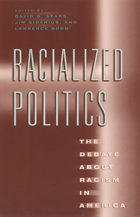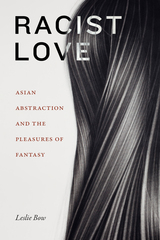Burn Scars: A Documentary History of Fire Suppression, from Colonial Origins to the Resurgence of Cultural Burning
Oregon State University Press, 2024
Paper: 978-1-962645-20-1 | eISBN: 978-1-962645-21-8
See other books on: Colonial Origins | Documentary History | Environmental Conservation & Protection | Miller, Char | Nature
See other titles from Oregon State University Press
Paper: 978-1-962645-20-1 | eISBN: 978-1-962645-21-8
ABOUT THIS BOOK | AUTHOR BIOGRAPHY
ABOUT THIS BOOK
The first documentary history of wildfire management in the United States, Burn Scars probes the long efforts to suppress fire, beginning with the Spanish invasion of California in the eighteenth century and continuing through the US Forest Service’s relentless nationwide campaign in the twentieth century. The Forest Service argued that suppression was critical for good forest management, especially but not exclusively in the American West. In recent years, suppression has come under increasing scrutiny as a contributing factor to our current era of megafires.
In Burn Scars, historian Char Miller assembles a collection of primary sources focused on debates over “light burning” (as prescribed or controlled burning was called). These historic documents show that not only was fire suppression controversial, but that it was also driven by explicitly racist and colonial beliefs. Yet the suppression paradigm contained within it the seeds of its destruction: Indigenous people continued to use fire as did non-Indigenous land managers. By the 1920s, scientific evidence was beginning to reveal that fire was essential for regenerating grasslands and forests; by the 1930s even the Forest Service was testing fire’s ecological benefits.
Burn Scars focuses on the burning debates of the early twentieth century, but Miller also provides evidence of a powerful counternarrative emerging from southern non-Indigenous foresters who used fire to revive longleaf pine ecosystems. The volume begins and ends with contributions from Indigenous practitioners discussing the long history and resurgent practice of cultural burning as part of traditional land management.
In Burn Scars, historian Char Miller assembles a collection of primary sources focused on debates over “light burning” (as prescribed or controlled burning was called). These historic documents show that not only was fire suppression controversial, but that it was also driven by explicitly racist and colonial beliefs. Yet the suppression paradigm contained within it the seeds of its destruction: Indigenous people continued to use fire as did non-Indigenous land managers. By the 1920s, scientific evidence was beginning to reveal that fire was essential for regenerating grasslands and forests; by the 1930s even the Forest Service was testing fire’s ecological benefits.
Burn Scars focuses on the burning debates of the early twentieth century, but Miller also provides evidence of a powerful counternarrative emerging from southern non-Indigenous foresters who used fire to revive longleaf pine ecosystems. The volume begins and ends with contributions from Indigenous practitioners discussing the long history and resurgent practice of cultural burning as part of traditional land management.
See other books on: Colonial Origins | Documentary History | Environmental Conservation & Protection | Miller, Char | Nature
See other titles from Oregon State University Press
